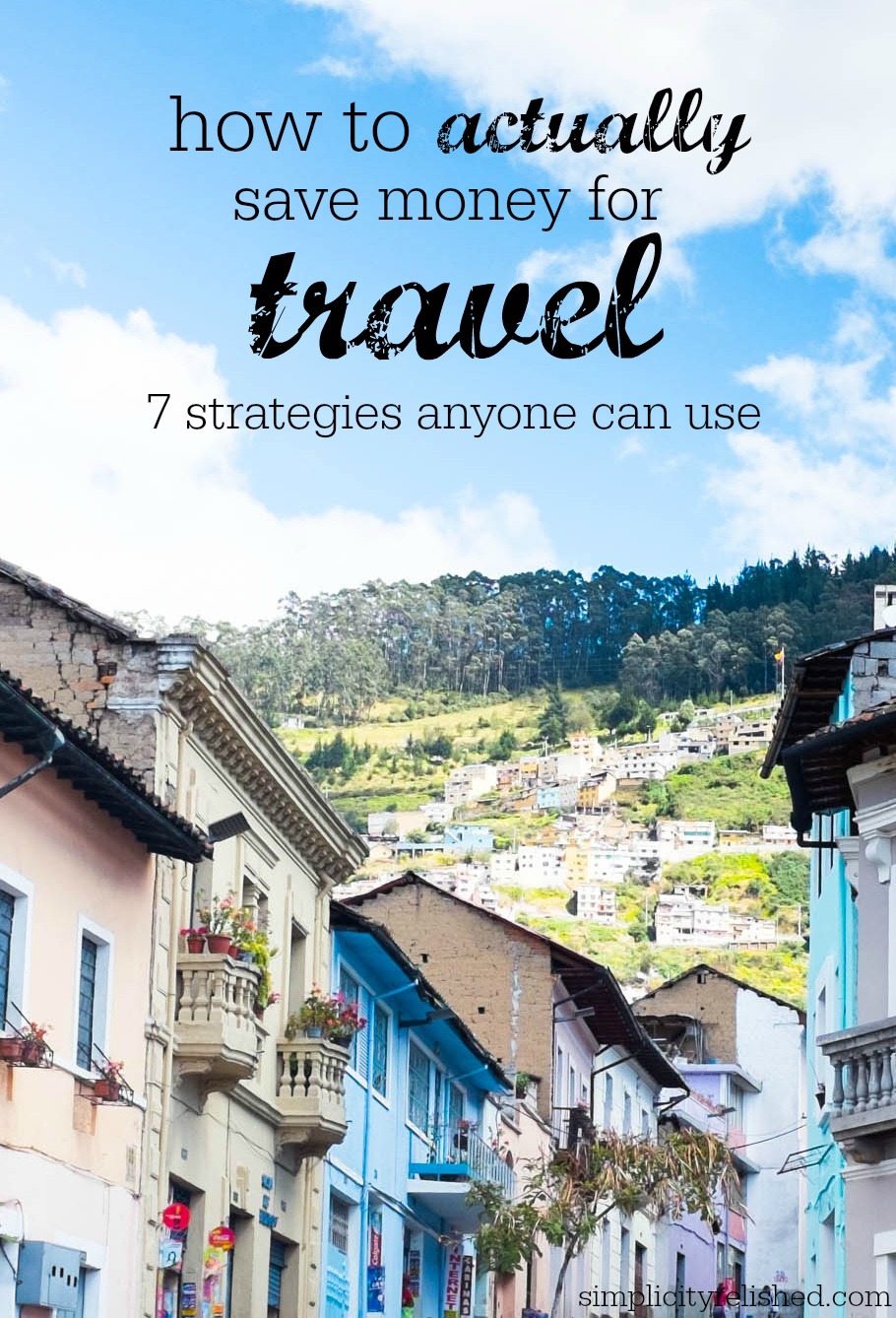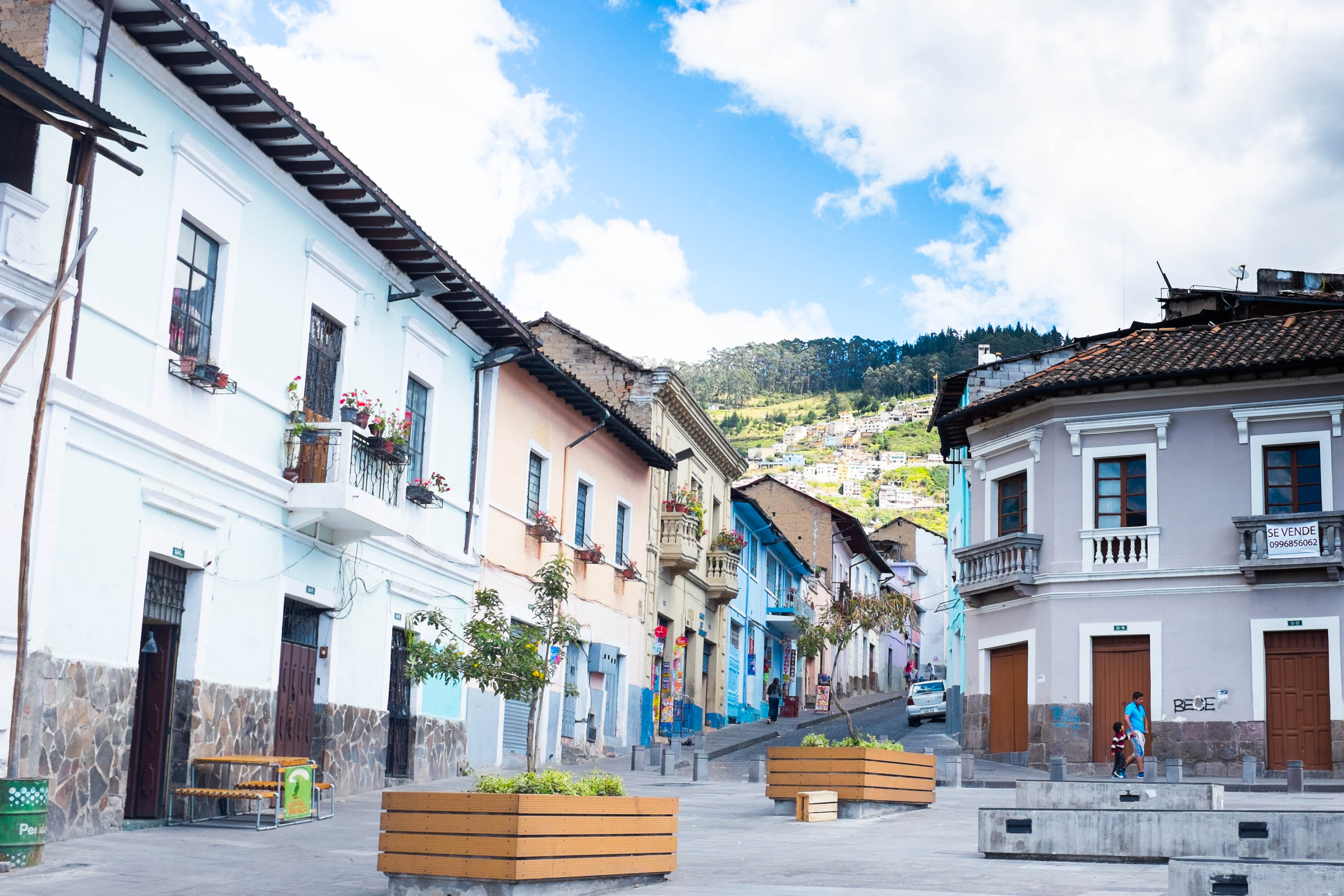This is a topic covered by many other bloggers. So why am I chiming in?
First, I am a strong believer in intentional, thoughtful, socially-conscious spending. And I happen to believe that responsible travel is a wonderful pleasure upon which to spend our money. Whether we go overseas to countries where our native language is not spoken, or we head elsewhere within the bounds of our own nation, travel can invigorate and inspire us in so many ways.
But how do we afford to travel? A few common answers:
There are some so-called industry secrets, many of which you are sure to find online. Some people get to travel a lot for work and do side trips along the way. Others get to spend large amounts of money on their personal Mileage Plus cards for their company, and then get reimbursed for it while keeping the credit. Still others will insist that if you simply cut out your daily latte, you’ll be on your way to Paris.
Then there are those who will give you the obvious tips, some of which are easier said than done: travel off-season, choose AirBnb, stay with friends, find airlines with crazy deals (usually off-season), avoid tourist traps.
While I appreciate these earnest ideas, the bottom line is that most of us simply need a lesson in saving money. There’s nothing glamorous about it, no true secrets that evade common sense, but there is one key ingredient many of us don’t possess naturally: self-control.
Because the truth is, travel does cost money. You can spend your own money or someone else’s (in the form of credits, connections, or some other social capital), but a lot of energy goes into transporting oneself from one place to another, and then finding housing, food and interesting activities to enjoy. This, however, doesn’t make travel impossible for those who desire it. Here’s my step-by-step guide.

How To Actually Save Money For Travel: 7 Steps
Step 1: Analyze your current spending habits.
If you haven’t done it before, this is a crucial step to effectively saving money (for anything). Print out all of your credit card statements– from the last month, year, several years. If your spending is all over the place, it’s time to keep track. Keep a record of your cash flow, and check your bank statement regularly.
Step 2: Categorize your spending into needs and luxuries.
Now that you’re looking at your spending, grab two highlighters. With one color, highlight all the credit card charges that are absolutely necessary. This might include rent, gas, food, and toiletries. Then, with the other color, highlight the rest: drinks, new clothes and accessories, hobbies, and more.
Step 3: Compute your current net income and your desired net income.
You can do this monthly or annually. Subtract your current spending from your current income: that’s your net income, or what you’re actually saving month to month, year to year. Is it in the positive? That’s a good start. (If it’s not in the positive, you might want to put travel on hold and consider dramatically changing your spending habits!)
Step 4: Calculate your potential travel costs.
This is the fun part! Where would you like to go? How much will it cost? Do a preliminary calculation by searching on major travel sites such as Kayak, AirBnb, Expedia, and TripAdvisor. Look into the cost of tickets, attractions, food and lodging– the four major expenses for any trip. Create an estimate for how much this trip is going to cost you, and then multiply it by an additional 20%, just in case. Write down the estimated cost.
As you estimate your costs, here are some things to consider:
- Can you travel off-season? This generally means some time in the spring or fall. Airlines have offers during these periods and flights can cost as much as 60% less than they do during peak season. The same is true for hotels.
- Can you stay in one place? This will reduce the amount of in-country transport you have to purchase. If you do stay at an apartment-style accommodation, it will also allow you to cook.
- Would you consider WOOFing or Couchsurfing? Finding ways to travel on the cheap will limit your in-country expenses.
- What destinations have free or nearly free attractions? Areas with a lot of natural beauty tend to offer gorgeous scenery you can enjoy without the high cost of an entrance fee.
Step 5: Scrutinize your current spending for places to cut.
There’s no use in telling yourself to cut out that daily latte if you already don’t drink a daily latte. So start with your highlighted luxuries: what are they? Can you go on a shopping ban? Can you stop eating out? Can you survive on simple proteins and vegetables? Are there any services you currently use such as housekeeping or laundry? Are there subscriptions or memberships you can cancel?
If you’re already low on luxury, look at your necessities section. What can you save on there? Here are a few ideas:
- Share: Can you share meals with neighbors or coworkers so that you’re cooking for each other on weekends? Can you catch a ride with someone to and from work and split the cost of gas? Is there someone you can swap clothes with?
- Exchange: Do you need help with a home or car repair (or some other service) that someone you know could assist you with? Ask to exchange favors with them. Maybe you can tutor their child for an afternoon, or run a couple of errands for them. If they’re good enough to replace a professional, you will save a lot of money.
- Fun: We all love to have fun, but fun can be expensive. Learning the art of hospitality can be a great way to save money and keep your friends. Host a cookie exchange or movie night and have people bring their favorite snacks to share. Organize a community walk on Sunday afternoons, or invite your friends to do a service project with you. Volunteering together actually helps people bond– and it’s usually free!
- Smart: I love this index on Living Well Spending Less that links to all kinds of ways to save money on utilities, services, gas and more.
Step 6: Plan out your new budget and allocate your savings.
Let’s say you estimate that your dream trip will cost about $3,000. For example, let’s say you’re bringing in about $1000 per month of net income, and you want to relegate most of that to long-term savings. This means that at an additional $250 per month, you will need about a year to make travel happen.
That is okay. Sometimes the travel itch is really strong, and it can feel so burdensome to wait. But in the meantime, you will be able to do plenty of research, plan far in advance, and rack up paid vacation days (if applicable) for your trip in the future.
Step 7: Practice makes perfect.
Once you’ve gotten into the habit of saving money, it becomes easier. Theoretically your income and savings will grow over time, as will your trip planning skills. When you’ve done several trips, you’ll know better how to estimate costs and allocate your precious savings for the best trip possible.

The bottom line: saving money for travel is difficult but worthwhile.
There’s nothing glamorous about this process. In fact, waiting while saving money can be one of the most humbling acts of self-restraint.
Remember, no one can make you spend money in ways you don’t care to spend it. Going against the cultural grain is difficult, but it will reward those who are steadfast. As we take ownership of our spending habits and assess our own finances, we must become diligent in committing our spending to the things we care most about. And if travel is something you care deeply about, then make it happen– no one else can do it for you, or stop you if you’re truly persistent!
[Tweet “Wondering how to ACTUALLY save money for travel? 7 steps to take via @daisylinshih”]


Thanks Katie!! Gosh it was fun seeing your comment and coming back to read what I wrote here! 😉 It’s true– so many people make saving for travel seem easy and don’t address the reality that travel IS expensive no matter who you are or whose money you’re spending. So thanks for your comment!! Send me the link to your satirical piece, I’d love to read it!
This is literally the BEST, most practical post I’ve seen about saving. You’re totally right, you can’t cut a daily latte if you’re not already consuming lattes every day. And I’m so glad you pointed out being ‘low on luxuries’ – as someone who works for a non-profit full-time, keeps a part-time job, and 3 volunteer/advising gigs, I absolutely think that sometimes you need to keep one or two luxuries in your life so you don’t go mad! I was so frustrated reading all the ‘simple’ ways to save, that I wrote my own (absurd) satire on the topic lol
I have read ALL of your post on minimalism (in one sitting) and they are incredibly inspiring! You are so eloquent and your message is so clear and relatable. Thank you!
Found this gem on interest, Daisy, and it definitely got me thinking since I’m planning my trips for next year. I personally am more of the travel for work + side trip + thrifty while at home type. And you’re right that saving doesn’t feel glamourous but it’s the solid way to do it. It’s the way I’ve done it anyway. 🙂
On a side note, wasn’t it fun how we were both in Kyoto at roughly the same time? XD
Just printed out my bank statement and started to examine my expenses more carefully… It amazed me how much I spend on food dining out!
Great tips! I need to start saving for this year’s trip!
Awesome tips! I’m currently trying to save, so these have been super helpful! Travel is my priority 🙂
http://www.travelmatters.co/
Oh that’s right! I can’t wait to read about it! <3
We actually just got back from Mexico! <3
Thank you Jordan ! xo
Yes exactly! You listed so many things worth saving for. I’ve found that money doesn’t save itself; we have to be intentional. It certainly seems to spend itself though! 😉
Absolutely, Christina! You’re exactly right– travel is a great way to spend money on leisure and still grow and change in meaningful ways because of it!
Spreadsheets are SO useful! I’m not a spreadsheet person by nature but it definitely helps!
Thank you for reading, Aliyyah! We definitely have a travel section of our budget. We want to always be intentional about it– and it totally works!
That’s a great way to do it, Rachel– and of course I’m so excited that you’re going to Japan. Please eat lots of delicious food for me– thankfully, even the cheap stuff is amazing! 😉
Thanks Jo-Anne!
That’s awesome! I need that poster! 🙂
Thanks friend! It’s so true… saving has to be intentional, no matter what it’s for. It’s so easy to squander our hard-earned money on this and that.
Thanks girl! Glad to hear this was helpful! 🙂
That’s awesome! We do this too!
Thanks girl! I hope you get to go on a trip soon! 🙂
These are great trips! We are always saving for travel and hearing more practical ways to do it makes my heart happy! <3
We have gotten into the habit of continually saving for vacation. As soon as one trip is over we start again. I now keep the account separate just so I don’t get it mixed in with other savings.
Love this post! Ty and I have been feeling the itch to travel more, but the cost always makes us hesitate. Definitely sharing this post with him!
xoxo
Kat
Excellent tips; I know I can easily find ways to save from my extraneous expenses, like shopping. Right now, it probably wouldn’t be for travel, but I could use the same principles to save for Ginny’s college fund. Travelling was always a huge part of my life growing up, and I want that for my family, definitely when Ginny is a little older.
A good way I have found to save up money for blogging is to really create a digestible way of saving. There used to be a poster floating around the internet with a years worth of weekly savings ranging from setting aside $1 per week to $45 a week. Within a year, one would have $1000. I am definitely working to create a separate travel budget for myself.
Yes yes yes some bloody great ideas indeed
The strategy we currently use, is that Angel’s income covers all of daily life necessities, and if there’s anything left over, it goes into long-term savings. My income is split between long-term savings and fun/vacation savings. For people like us, it’s easy to get into the mentality of “no, we shouldn’t spend any money on fun.” but setting aside money specifically for fun and travel makes us feel not guilty about eventually spending the money on something that is just for fun instead of an actual necessity. I’m the vacation planner in our family, and since it’s my income that pays for vacations, I get very strategic about maximizing that budget–we’re going to Tokyo for a few days for our birthdays this year, and we’ll be flying a local budget airline (which has a great reputation, and we’ve used it a lot, but it has no perks like movies, haha!) and staying in Airbnb studio apartments. My vacation splurge tends to be entry fees–if I take time to go all the way somewhere, I don’t want to be stingy and not get to see stuff I really want to see just because I have to buy tickets.
I could work on this category myself. I tend to use the “leftover” money from my budget for travel. Making travel its own place in my budget would definitely be worthwhile.
This is the best post that I’ve read on this topic, very practical and makes perfect sense. I am lucky that my husband is the thinker and the mind behind our financial and he loves his spreadsheets. We usually sit down and go through our finances every end of the month to know what was our impulse purchases, it’s quite the eye opener. LOL!
Shireen | Reflection of Sanity
Loved this post Daisy! There are certainly no shortcuts to being able to afford a vacation, but these are practical tips that anyone can implement if they want to make travel a priority 🙂 My husband and I are already saving for a trip to take our family to Disney World in a few years hah. Traveling is the only thing (in my mind) that you can spend money on that actually enriches your life!
Yes, yes, yes! There are no shortcuts to self-control and healthy saving/spending habits. What I love about your list is that these practices could be adapted and applied to just about anything you’d want to save money for — travel, home renovations, a vehicle purchase, etc. I also appreciate how you build the money-saving techniques into this plan, rather than making them the whole plan.
Such great advice! I feel like if travel is a priority for you, there is always way to fix it into your budget 🙂 Great post! xo